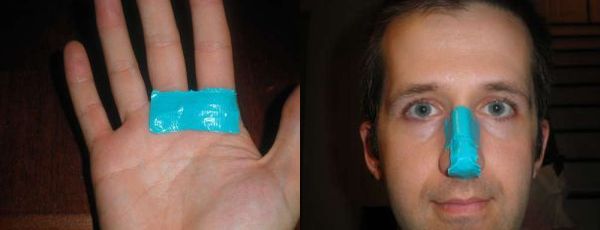
Overview
Simply speaking, frostbite occurs due to the freezing of the skin, tissues and bones in extreme cold. It can affect a person to varying degrees. Frostnip is the freezing that happens in the superficial layers of the skin alone. Severe frostbite affects the internal tissues and even bones. Blisters filled with blood and tissue fluids are formed. In the worst case scenario, one would have to consider amputation of the limb as an option. This happens because the extreme cold freezes the bodily fluids, making them into ice crystals. However, taking some care and precautions, one can ensure a warm and frostbite-free winter.
Things to watch out for
There are some situations in which one’s susceptibility to frostbite increases. These include:
- Old age and the ensuing immobility that it brings along with it.
- Wet skin, exposed skin and contact with metals make one more prone to frost bite.
- Anything that enhances dehydration of the body also should be avoided because it drains the body of water which is a thermal regulator.
- Low body fat and high sugar levels in the blood (due to diabetes) also increase the chances of a frostbite.
- A previous history of frostbite makes one more susceptible to it.
- In case somebody is suffering a frostbite, do not rub or reheat those regions. Frostbite is caused by tissue damage and rubbing or reheating could aggravate it. Call in a doctor as soon as possible.
DIY steps
The following measures should keep you safe from the frostbite to a large extent.
1. Wear mittens
These will help to keep your palms warm. The palms are sensitive areas which are prone to face the danger of a frostbite and it would be a good idea to keep them covered.
2. Wear several layers of clothing
This would be according to the general idea to keep the whole body protected from the cold. The several layers of clothing will act as a thermal shield and keep the body temperature from escaping.
3. Wear protective eye gears
When the cold conditions are accompanied by winds, there is a high chance of the cornea in the eye getting a frostbite. This is where the eye gear will help.
4. Cover your ears
The ears connect with the nose and throat through the Eustachian tubes. They are very sensitive to temperature changes. Using ear muffs to protect them from thermal shocks would be highly recommended.
5. Wear winter boots
Just like the palms of the hands, the soles of the feet are another sensitive area of the skin. Keeping them warm in itself gives a feeling of general well-being on cold days. Winter boots, made of insulating material are best suited to house your feet in the biting cold.
6. Stay hydrated
Water is a thermal regulator in the body and having enough water in the system is a good way to combat frostbite.
7. Avoid alcohol and cigarettes
Alcohol and cigarettes may seem to give relief in cold climates. But they are agents that dehydrate the body making it very susceptible to frostbites. So avoid them in extreme cold conditions.
8. Recognize the early signs of frostbite
Prevention is the best way when it comes to frostbites which may otherwise result even in amputation! When you start shivering and feeling numb in your limbs, it is time to take cover. See the skin after it thaws. The presence of blisters indicate frostbite. If the blisters form on the skin more than 48 hours after thawing, it means a deep frostbite.




